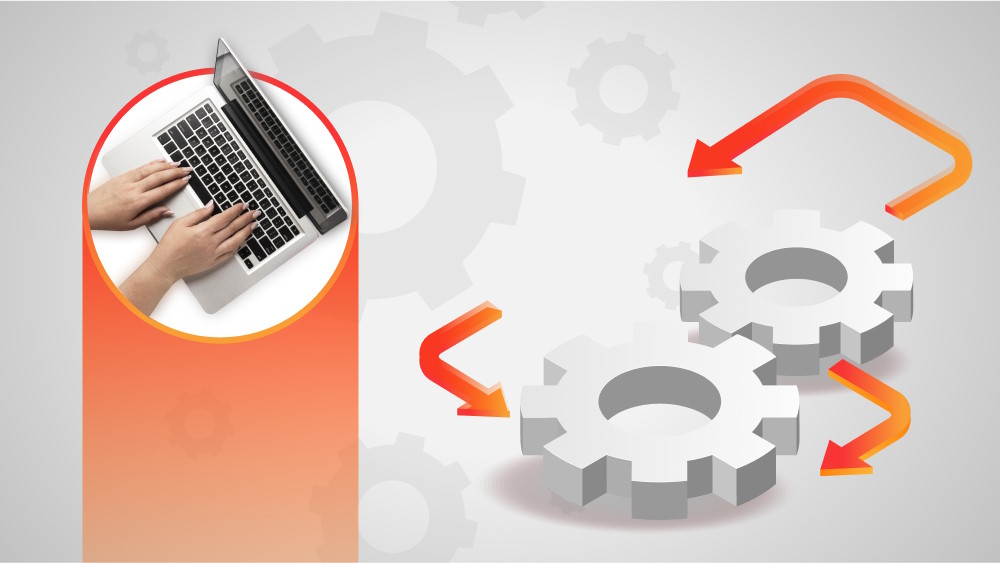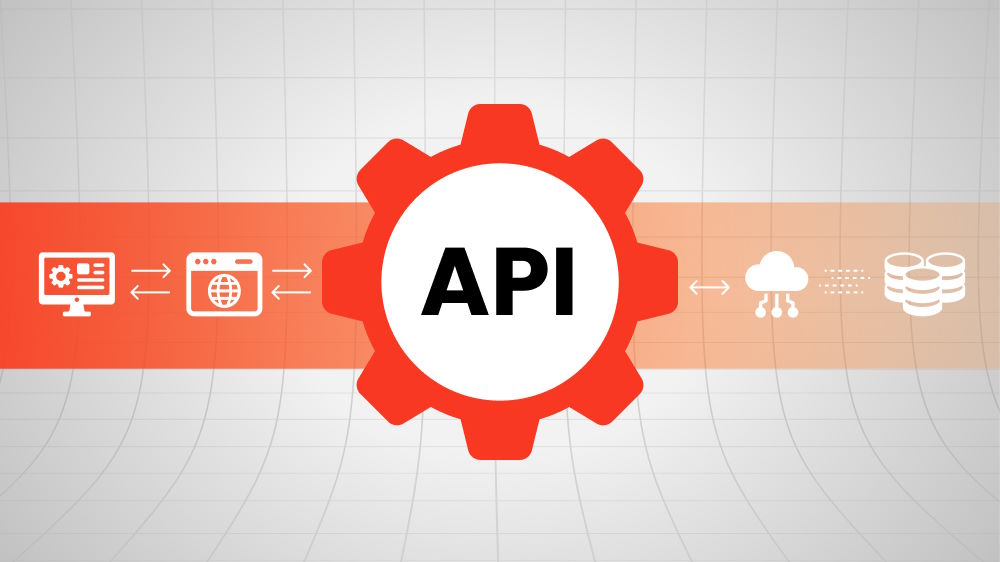V Model Vs. Agile: Which Is Right for Your Project?
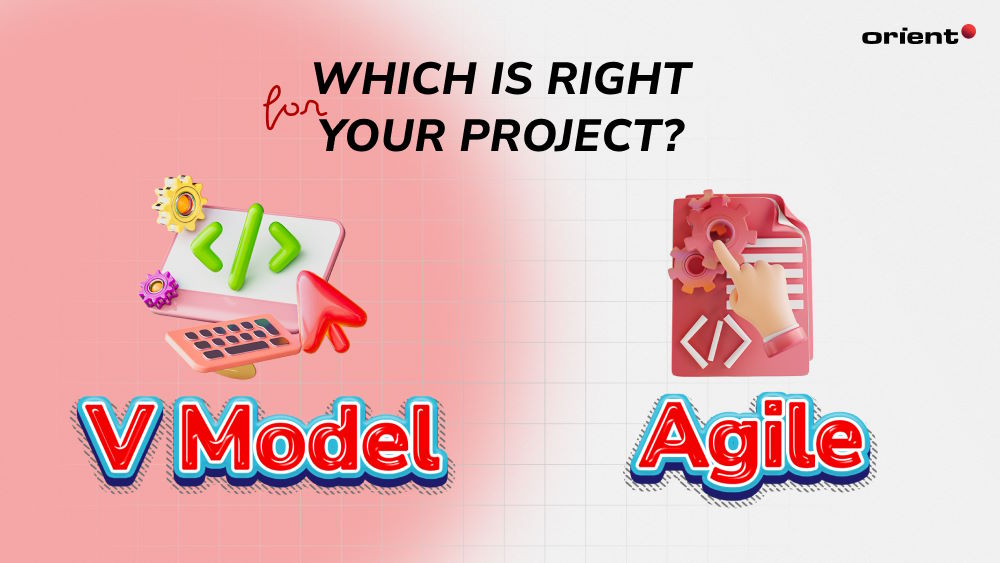
Content Map
More chaptersWith so many ways to build a new product, it can be hard for clients to know what the right process is and whether the choice even matters. After all, as long as the job gets done and the work is of a high standard, is the journey really that important?
Well, in the world of software development, the answer is ‘Yes.’ The journey (that developers take to build software) can greatly influence the quality of the final product, which is why so many Software Development Life Cycle (SDLC) models exist.
In this, we will compare two popular SDLC models – V Model vs. Agile – and help you decide which of the two is right for you.
What Is the V Model?
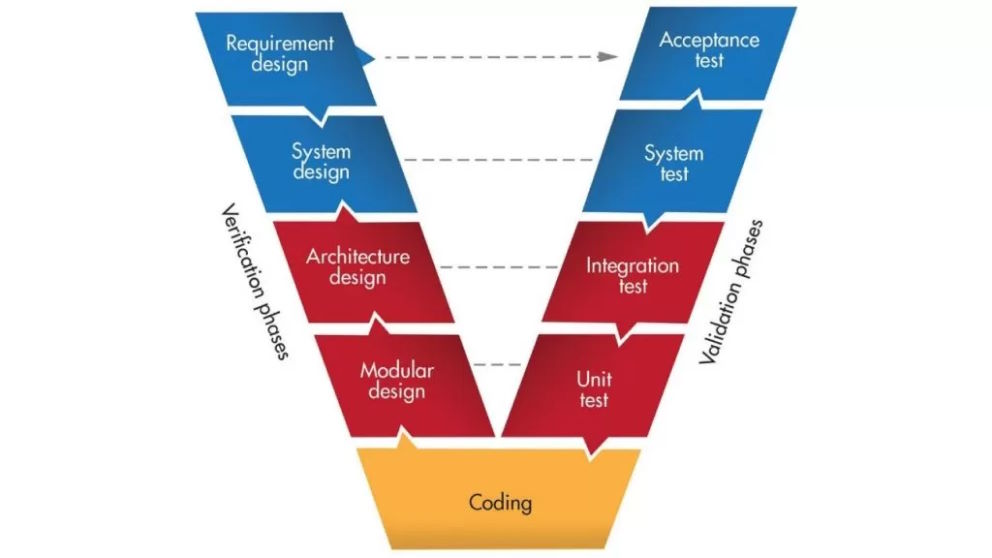
The V Model is an SDLC model that splits up the software development process into two separate phases: The Verification and Validation phases.
Visually, the two phases are represented by the two lines that meet to form a ‘V’ shape, where the left line is Verification, and the right line is Validation. Both phases start from the tip of their respective lines, gradually working down towards the bottom – the base of the ‘V’ shape. The base represents the ‘Coding’ phase.
Verification Phase
The Verification phase is the act of verifying the unique requirements of a project, such as the business goals, system analysis (technical stack), software design, and module design.
The business goals are the goals that the business hopes to achieve by completing the project. For example, a business may want to increase online sales by 20 percent in the next financial quarter. In order to achieve this, they may build a new (or integrate with an existing) software product that makes it easier for them to execute and manage targeted advertising campaigns.
The system analysis (technology stack) represents the technology required to complete the project. Such technology may include the choice of programming language, modules and libraries, testing environment, and testing tools. Lastly, the software design and module design relate to the design of the individual units, along with the integration of those units.
Validation phase
The Validation phase is the act of confirming that the decisions made in the Verification phase are sound. It essentially breaks up the different testing phases into smaller, more manageable components. Each component is designed to test a specific aspect of the project. The most common types of testing performed in the Validation phase are Acceptance Testing, System Testing, Integration Testing, and Unit Testing.
Note: Each step in the Validation phase cannot begin until the adjacent step in the Verification phase is complete. For example, before System Testing can be performed, the System Design phase (in the Verification Phase) must be completed first. After all, if there is no system to test, then System Testing cannot occur.
What Are the Advantages and Disadvantages of the V Model?
There are many advantages and disadvantages to using the V Model in a software development project.
While the V Model offers a linear, predictable model to follow – ideal for large-scale, complicated projects that have minimal room for experimentation – it does not adapt well to projects where last-minute changes are to be expected. That said, the model still does have its place in modern software development processes, even if the more popular (and more flexible) Agile model has largely replaced it.
Advantages
- Fixed and Linear Approach with Predictable Outcomes – In the V Model, the steps to follow in the SDLC are clearly defined, and each step is carried out in a predictable, sequential order. This makes it easy for project managers to know where the project is at, how the team is going, and what is going to happen next.
- Clearly Defined Roles and Responsibilities – The V Model leaves no room for ambiguity; developers are developers, and testers are testers. There is minimal, if any, overlap of these roles. Therefore, there is no room for confusion as to what each team member is doing and how their contribution will shape the quality of the final product.
Disadvantages
- Lack of Flexibility – The V Model has a very rigid structure, leaving very little room for changes to be made. Therefore, if the project requirements are vague or the potential for last-minute changes is high, then the V Model may not be the best choice.
- Increased Planning Time – Since the V Model requires a large amount of upfront documentation, the time spent on planning can be excessive. Thus, if the scope and timeline of a project are small, then the V Model may be too demanding for a client. Why? Because clients may be expected to provide more guidance and documentation than what they can offer. Some clients just want a Minimum Viable Product (MVP) and nothing more.
- Resource Intensive – The amount of time, money, and labor required to execute a V Model strategy is often higher than the Agile approach. This may make the approach unsuitable for smaller organizations and smaller development teams.
What Is Agile?
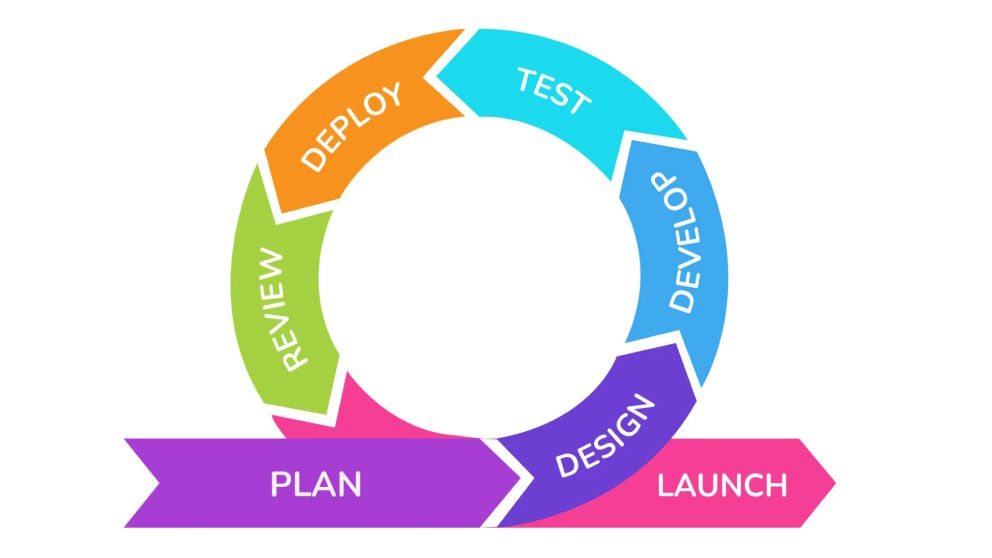
The Agile methodology is an SDLC model that is quite different from the V Model. It has a different team structure and series of events that occur during Agile development and Agile outsourcing.
These events are broken down into the following phases: Concept, Inception, Iteration, Release, and Maintenance. During each phase, developers and testers work together to achieve a shared, unified goal that contributes to the success of each milestone. They brainstorm, share ideas, experiment, raise issues, and address those issues.
The goal of this collaboration? Eliminate siloed thinking. Have developers and testers on the same page about what the software application will do, how it will work, and how it will help the client achieve their goals. By doing so, developers can make (early) decisions that ultimately improve the software quality, making it perform better, be more secure, and be more accessible to a broader range of users.
For these reasons, Agile is the methodology of choice for virtually all software development projects, especially for delivering Minimum Viable Products and an entire system.
Steps in the Agile Methodology
Below is a detailed breakdown of the most common steps in Agile. Keep in mind there may be slight variations to this formula, and the steps may have different names. Regardless, it is still a useful framework to reference.
- Concept – During this phase, the product owner – the primary point of contact for the client – will define the project requirements. They will identify the products’ main features and benefits, estimated lifetime value, and achievable outcomes.
- Inception – Then, the product owner will form a team. They will hand-pick individuals who have the skills, knowledge, and expertise to satisfy the project requirements. For example, past experience in an Agile environment or knowledge of a specific programming language. From there, the team will prepare a mockup of the software interface, which the product owner may share with the client for feedback.
- Iteration – This is where all of the previous ingredients – product requirements, mockup interface, and client feedback – come together. Ideas become code; code becomes a product. During Iteration, milestones are completed in short sprints, and the team reviews the results of each sprint before proceeding to the next one.
- Release – Once testing and Quality Assurance (QA) is complete, the software is released.
- Maintenance – Few Agile products are released bug-free and completed. They are merely functional. Hence, following the release, teams continue to improve the product. They fix bugs and issues, improve performance, address security vulnerabilities, add new features, and remove unnecessary features.
What Are the Advantages and Disadvantages of Agile?
The Agile methodology is one of the most popular SDLC models in software development. It is embraced for its flexibility and agility, breakdown of siloed thinking, and emphasis on client and user feedback. It is also the number one approach that we take here at Orient Software.
Advantages
- Increased Flexibility – Able to start projects with minimal guidance and documentation. Plenty of room to experiment, add new features, remove old features, and think outside the box. Lots of freedom to incorporate last-minute ideas and feedback.
- Improved Collaboration – By having developers and testers work together, they can understand each other better. This makes it easier for both teams to make creative decisions that benefit the entire project. For example, developers take security seriously, with the result being more secure code.
- Continuous Testing and Feedback – Clients and users provide feedback relatively early in the process, which lets the team add new features at any stage.
Disadvantages
- Confusing Roles and Responsibilities – The overlap of roles and responsibilities can be overwhelming for some teams. This may result in confusion, disputes, and disagreements, which could derail a project. Having an experienced Agile product owner can help teams retain their focus.
- May Be Unsuitable for Certain Project Types – Projects with very specific requirements, timelines, and budgets may not be right for Agile, especially if the product has strict compliance standards, leaving little room for experimentation. That said, Agile can also help break down large projects into smaller, more manageable milestones.
Why Choose the Agile Methodology?
Although the Agile and V Model are both viable SDLC models, the desirable benefits of the Agile methodology in software development clearly outweigh those of the V Model.
Increased Success Rate
For starters, according to research by the Standish Group, there is a significant difference between the success and failure rates of Agile and Waterfall/V Model projects. Most notably, Agile projects only have an average failure rate of 9 percent, while Waterfall/V Model projects have an average failure rate of 29 percent.
One of the reasons for this is that the V Model approach limits client involvement, while the Agile methodology involves clients at the early stage, providing more room for feedback and revisions.
Accelerate Time to Market
Secondly, many organizations choose Agile principles to accelerate their time to market. According to the 16th State of Agile report, 52 respondents chose Agile to accelerate their time to market. This was followed by 44 percent who said that it helps predict delivery schedules and 31 percent who said it helps lower risk.
Proven Methodology
Lastly, Agile is the most adopted software development methodology worldwide, with the 2019 Agile Transformation report from KPMG revealing that 91 percent of organizations use Agile principles and processes for their IT functions.
This makes Agile models a proven methodology that is popular with companies worldwide across multiple industries, so you can trust that it will help you achieve your desired goals.
Choose Orient Software for Agile Software Development
At Orient Software, we prioritize the Agile methodology for all of our projects. Continuous integration is an important part of our process, where every change to the code is reviewed to detect and resolve potential issues.
This ensures that the code is defective-free, clean, and designed to perform the specific functions of your software. In addition, our collaborative approach keeps clients involved early and often until clients are fully satisfied with the final product.
For more information about Orient Software and how we work, contact us today.

